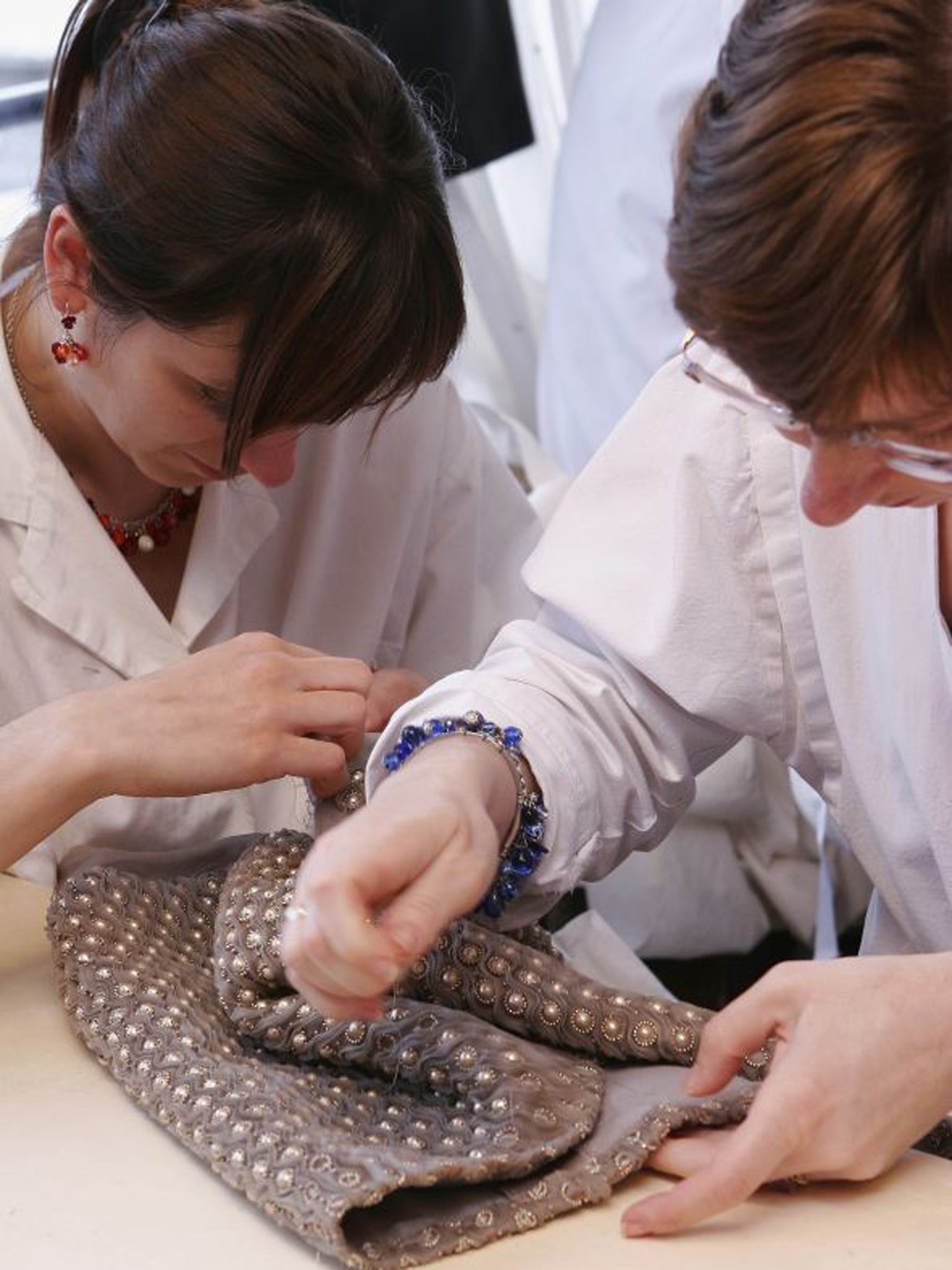Alexander Fury: Looking good and feeling great - that’s why fashion’s worth it
Wear, what, why, when? 'Great fashion is worth more than just the cloth that it’s stitched from'

Your support helps us to tell the story
From reproductive rights to climate change to Big Tech, The Independent is on the ground when the story is developing. Whether it's investigating the financials of Elon Musk's pro-Trump PAC or producing our latest documentary, 'The A Word', which shines a light on the American women fighting for reproductive rights, we know how important it is to parse out the facts from the messaging.
At such a critical moment in US history, we need reporters on the ground. Your donation allows us to keep sending journalists to speak to both sides of the story.
The Independent is trusted by Americans across the entire political spectrum. And unlike many other quality news outlets, we choose not to lock Americans out of our reporting and analysis with paywalls. We believe quality journalism should be available to everyone, paid for by those who can afford it.
Your support makes all the difference.Cost and worth. Two words that come up time and time again when discussing fashion. How much does it cost? How much is it worth? Scratch the latter; the more usual declaration is: “It’s not worth that!”
It’s spouting at everything with a hefty price tag, from three-figure Prada clodhoppers to four-figure Saint Laurent babydolls, to the highest echelons of haute couture (the only figures that matter there are the clients).
The cost of couture is directly proportionate to the fabrics and labour involved (pictured). That’s the case with most fashion. Manufacturing a garment in Italy from silk costs more than a sweatshop stitching polyamide and nylon. You don’t have to be Marx to figure that out.
But man-hours and materials aren’t everything. In the same way that a painting is worth more than the cost of canvas and oil, great fashion is worth more than just the cloth it’s stitched from. You’re paying for the design, the mind behind it.
I loathe people calling fashion art, though. Food is an easier comparison – because, like eating, we all have to dress. I’m consistently astounded that the simple précis behind the cost of organic food – higher quality, more humane, and therefore better – doesn’t impact mass perception of fashion. The idea of a television chef extolling the virtues of supermarket-value mincemeat and GM vegetables over organic is laughable. But that’s exactly what the “celebrity” stylist likes of Gok Wan do, implying that one jacket is better than another merely because it’s cheaper.
My objection is that this reduces fashion to pure visual. Fashion isn’t visual; it’s sensual. Cashmere versus polyamide. Rei Kawakubo originally refused to place mirrors in the changing rooms of her Comme des Garçons shops because she wanted wearers to focus on the tactile rather than the visual. It didn’t work because customers couldn’t divorce the look from the feel. Nor can I.
Join our commenting forum
Join thought-provoking conversations, follow other Independent readers and see their replies
Comments